An economist walks into a school
An economist walks into a school
No, this isn’t the start of a bad dad joke, but rather the underscore of the importance of program evaluation for the education and training sector.
I have always been a numbers guy. My favourite subject at high school was physics and I love using maths and statistics to answer questions about reality - something I do daily at Sparrowly Group. What I never imagined was that in my career, I’d be using that analytical toolkit to evaluate education systems themselves!
Program evaluation is a crucial component of many government interventions, initially designed as pilot programs. Evaluating the successes and failures of a pilot enables highly informed decisions to be made about the program, whether it continues and scales up or not. An evaluation seeks to answer questions including:
Did the program achieve its objectives?
What were the main barriers to program delivery?
Was the program value for money?
The economic component of evaluations seek to understand value for money and return on investment by analysing program costs and benefits. Whilst this can be pretty straightforward for a business decision like hiring a new staff member or purchasing a new piece of equipment, it can be tricky for an educational program providing opportunities to people to learn new skills, obtain qualifications or simply figure out what they’d like to do with their career path.
The magic of evaluation is that it can help inform how to measure success, and these measurements actually translate into benefits in dollar values for the economy. Evaluation isn’t something to be scared of, it can shed light on the incredible life-long power of education. It has the potential to drive the case for change in education systems, which can often be criticised for being slow-moving and out of touch with the real world of work which is changing exponentially fast.
To complement rigorous outcome and economic analysis, evaluations also have the power to bring social impact to the forefront. Stakeholder consultation allows us to extract a qualitative evidence base and highlight soft outcomes such as increased awareness of career pathways, higher confidence, higher self-esteem and improved mental health. This is important to tie in the impact of educational outcomes with the border socio-economic and community wellbeing context.
In a constantly changing world, making evidence-driven decisions is vital. In educational systems, being clear on objectives, the path forward, and implementing informed decisions is more important than ever. Good evaluation practice helps shape great education programs and optimise the creation of economic benefits for local economies.
Whether you are in education or another industry, evaluation is key. But how do you approach evaluation to ensure you get the most accurate information to enable sound, considered decision making? It starts at the very beginning of the program, not the end…
Establishing a program logic model as early as possible is a good start. This allows us to get very clear on the program’s objectives, inputs, activities, outputs and outcomes. It provides a framework and source of truth from which we can ask our evaluation questions. Program logic models can be modified as the program iterates and hence the approach to measuring success through relevant outcome metrics can change as well. Then of course, we can ensure we are capturing the right data as early as possible to constantly measure the outputs and outcomes identified in the program logic model.
Sparrowly Group has completed a number of program evaluations and reviews in the education sector related to improved and diversifying career pathway opportunities for young people and ensuring equity across all aspects of the curriculum. Read more on how our work is connecting today’s youth with tomorrow’s workforce here.

